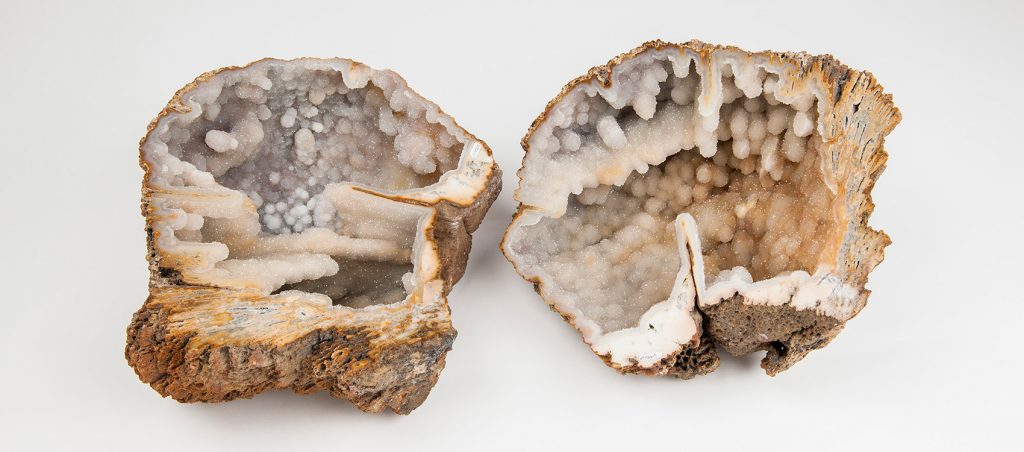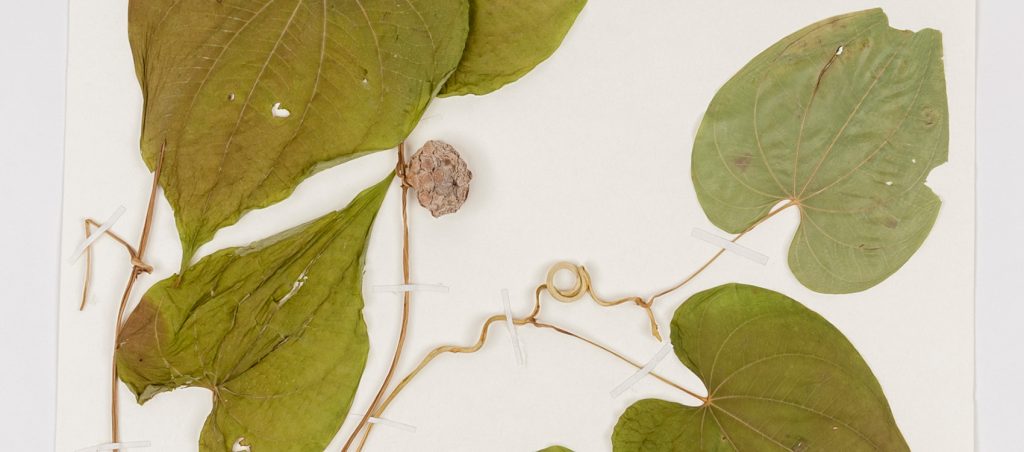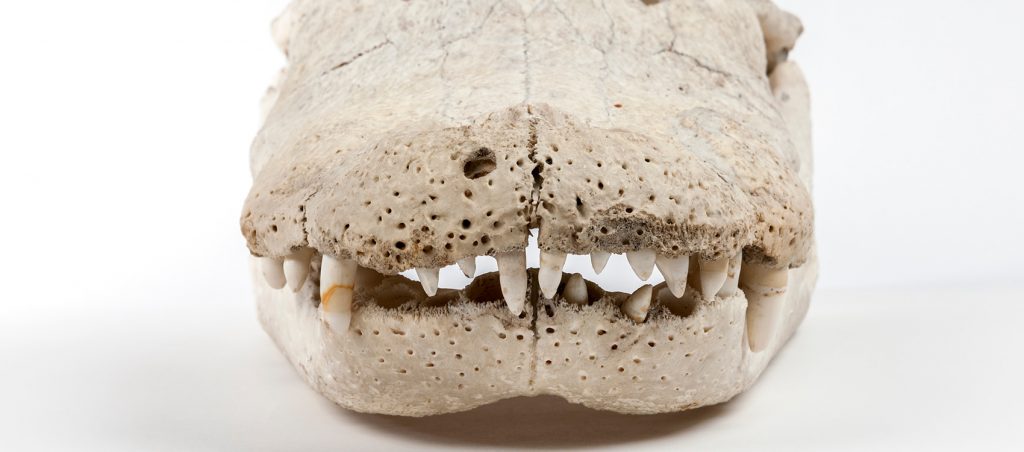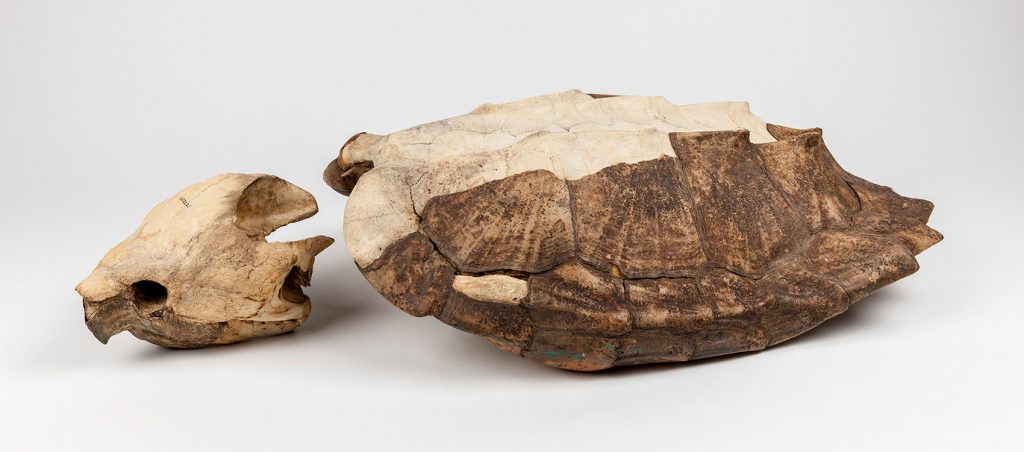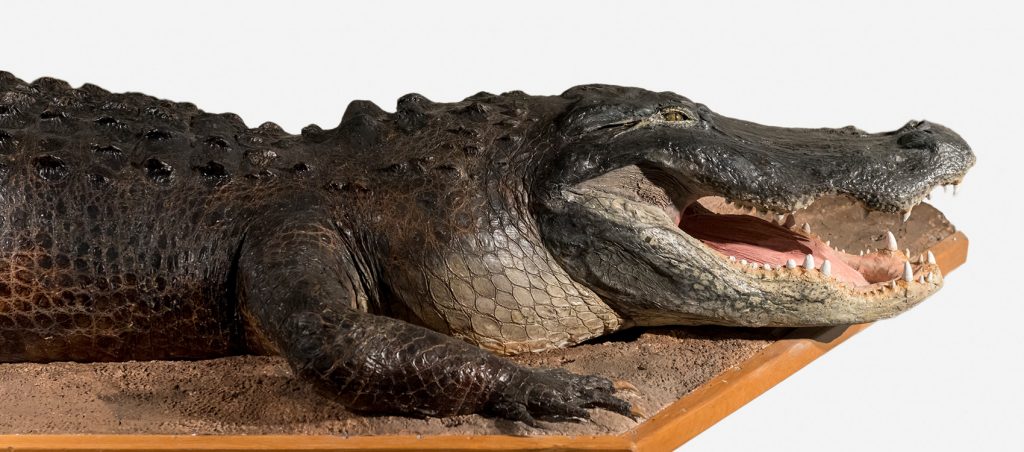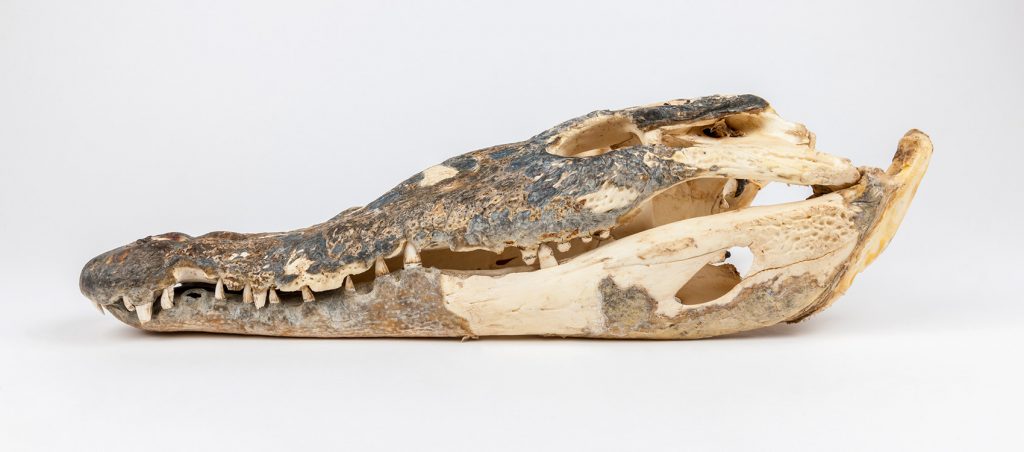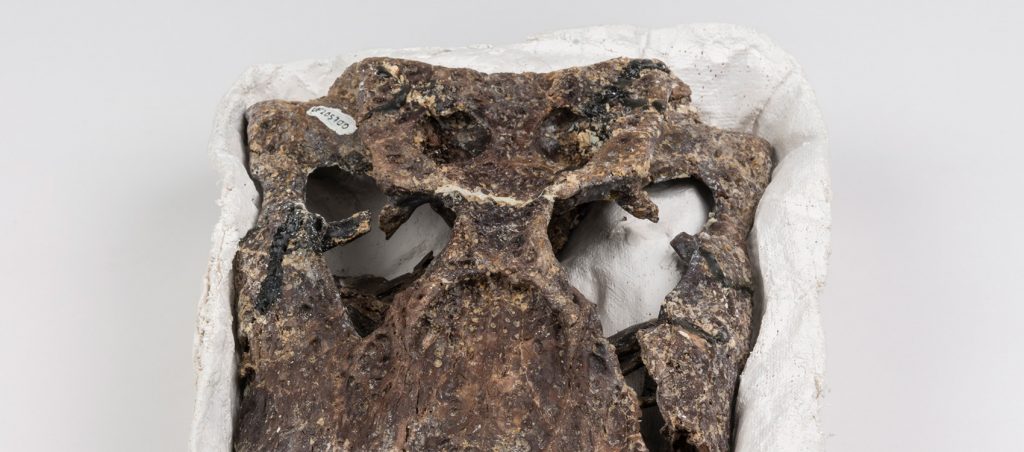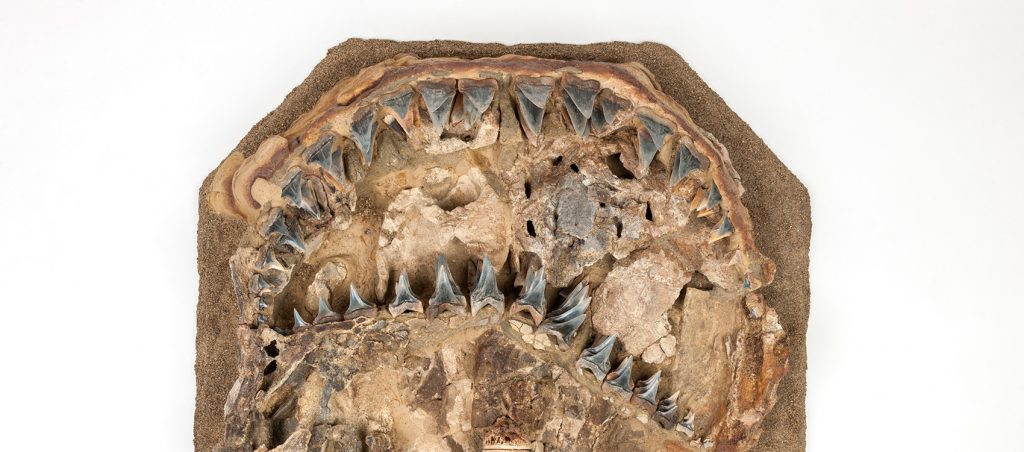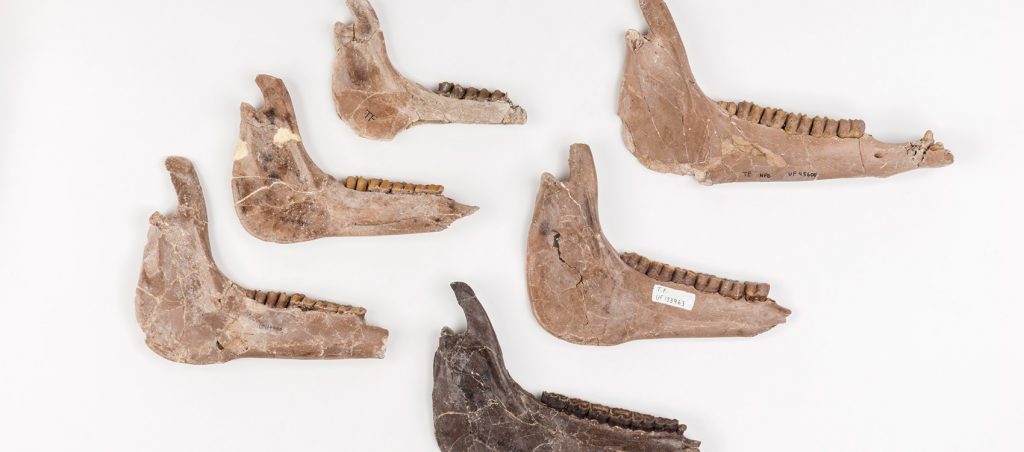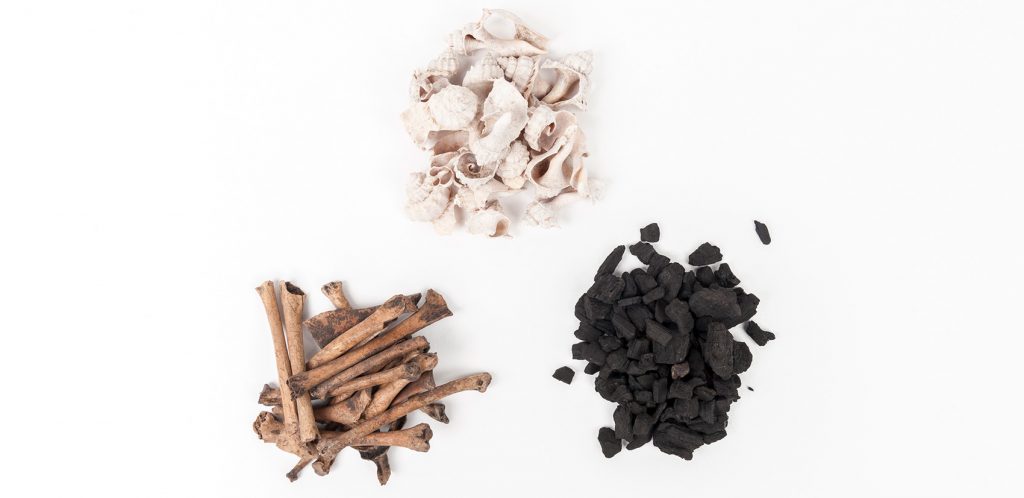Collections held by natural history museums are like a library of life, with millions of objects that document change through time in the environment and in life itself. These records of life on Earth become even more vital as we face global challenges such as climate change and biodiversity loss.
On display Sept. 23, 2017-Jan. 7, 2018, the Rare, Beautiful & Fascinating: 100 Years @FloridaMuseum exhibit celebrated the Museum’s rich history. Though the physical exhibit is closed, this companion website remains online, providing an opportunity to experience the Florida Museum’s most treasured specimens.
